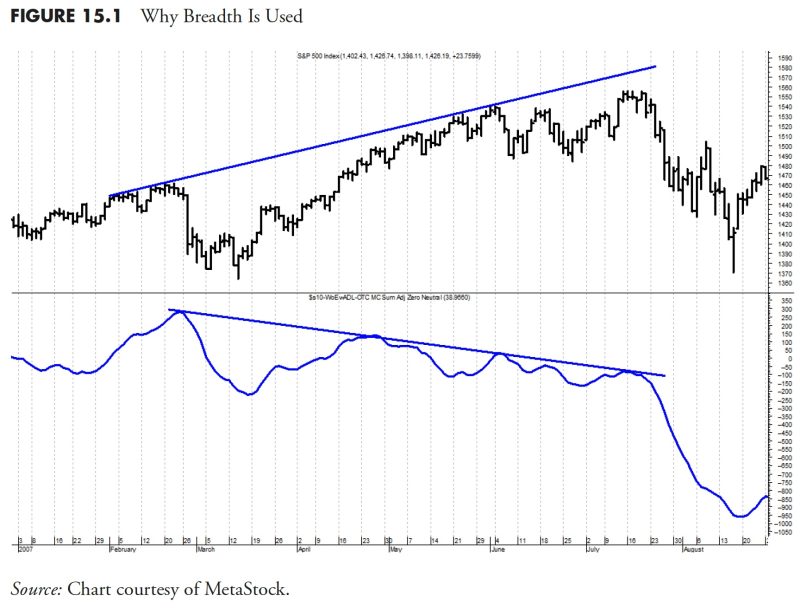In the world of finance and investment, rules-based money management plays a crucial role in shaping successful portfolios and ensuring sustainable wealth creation. This strategic approach entails setting specific guidelines and parameters for decision-making when it comes to allocating capital, managing risk, and maximizing returns. By adhering to a set of predefined rules, investors can navigate the complexities of the financial markets with discipline and objectivity, while minimizing emotional biases and irrational behavior.
One key aspect of rules-based money management is the importance of defining clear entry and exit criteria for trades. By establishing predetermined triggers for entering a position, such as technical indicators, fundamental metrics, or quantitative signals, investors can avoid impulsive decision-making and base their actions on a systematic analysis of market conditions. Likewise, having well-defined exit strategies, including stop-loss orders, profit targets, or time-based rules, can help investors manage risk and lock in gains, while preventing potential losses from spiraling out of control.
Another critical component of rules-based money management is position sizing and portfolio diversification. By determining the appropriate allocation of capital to individual trades based on factors such as risk tolerance, account size, and the probability of success, investors can optimize their risk-adjusted returns and ensure that no single trade has an outsized impact on their overall portfolio. Additionally, spreading investments across different asset classes, sectors, and geographic regions can help reduce correlation risk and enhance the stability and resilience of the portfolio in the face of market volatility.
Risk management is an essential pillar of rules-based money management, as it is crucial to safeguard capital and avoid catastrophic losses. By implementing risk management rules such as setting maximum position sizes, limiting exposure to a single trade or asset, and using protective mechanisms like trailing stops or hedging strategies, investors can protect themselves from significant drawdowns and preserve their capital in the long run. Risk assessment tools, position monitoring, and regular portfolio rebalancing are also vital elements of effective risk management practices in rules-based money management.
Moreover, rules-based money management involves continuous monitoring and evaluation of the portfolio’s performance against predefined benchmarks and objectives. By reviewing and analyzing the outcomes of individual trades, overall portfolio performance, and adherence to established rules, investors can identify areas for improvement, adjust their strategies as needed, and enhance their decision-making processes over time. Keeping detailed records, journaling trading activities, and seeking feedback from mentors or peers can provide valuable insights and help investors refine their approach to rules-based money management.
In conclusion, rules-based money management is a systematic and disciplined approach to investing that can help investors navigate the complexities of the financial markets, manage risk effectively, and achieve their long-term financial goals. By setting clear rules and guidelines for decision-making, investors can mitigate emotional biases, improve their consistency and objectivity, and enhance the overall quality of their investment decisions. Embracing rules-based money management as a foundational framework for managing investments can lead to greater financial success, resilience, and accountability in the pursuit of wealth creation and financial independence.
